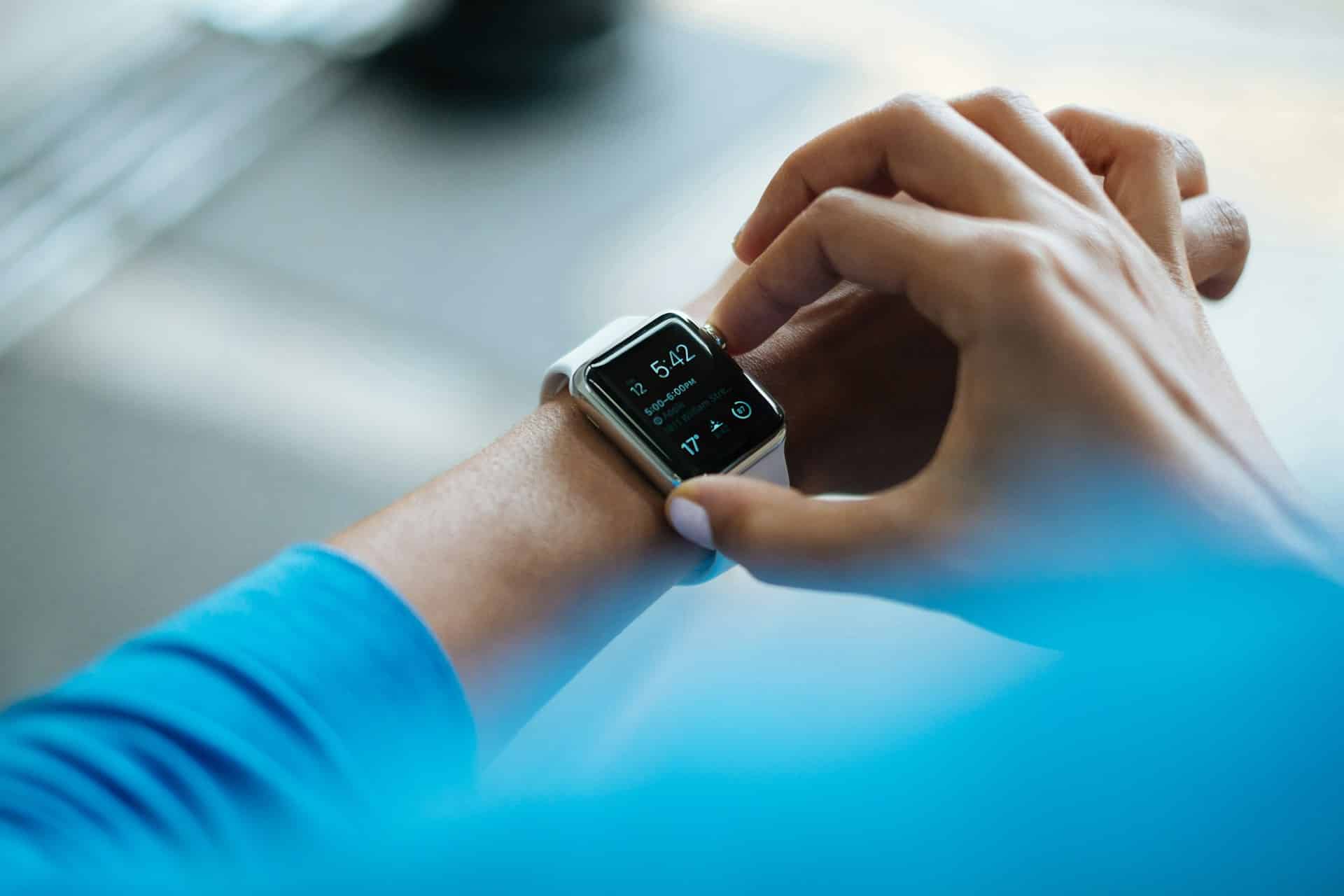In recent testimony before the House of Representatives’ Committee on Energy and Commerce’s Subcommittee on Health, Health and Human Services (HHS) Secretary Robert Kennedy laid out an ambitious vision for wearable health technology. He proposed that within just four years, every American would be wearing some form of health-tracking device, supported by what he described as “the biggest advertising campaign” in HHS’s history. This initiative reflects a growing trend towards integrating technology in health management, but it also raises crucial questions about efficacy and accessibility.
Kennedy’s vision prominently features wearable devices like FitBits, Oura rings, heart monitors, and continuous glucose monitors (CGMs). These tools promise to empower individuals to take charge of their health by providing real-time data about their bodily functions, including maintaining insulin levels with devices that utilize sensors. Speaking to Representative Troy Balderson from Ohio, Kennedy emphasized the importance of giving people the tools to “take control of their own health,” labeling CGMs as “miraculous” for their potential to transform lives.
While this message sounds hopeful, it’s important to note that there’s a significant gap between possibility and proven effectiveness. Though medications like Ozempic are known for beneficial effects in weight management and diabetes control, research has shown that wearable glucose monitors don’t necessarily lead to better weight loss or dietary choices. Kennedy didn’t propose any educational initiatives to help the public understand how to utilize the data from these devices effectively, leaving many to wonder how much good they’ll truly do.
Balderson raised a legitimate concern regarding the security and privacy implications of widespread adoption of these tracking devices, but Kennedy deflected, choosing instead to focus on the optimistic potential of wearables. As Kennedy pointed out, “You know, Ozempic costs $1,300 a month. If you can achieve the same thing with an $80 wearable, it’s a lot better for the American people.” While this sounds appealing, it’s crucial to recognize that not everyone can simply afford even an $80 device, especially those struggling to make ends meet.
The ad campaign, intriguingly named “Take Back Your Health,” is projected to cost $20 million over four years. It aims to promote healthier lifestyles through “clean eating,” exercise, and “spiritual growth.” However, experts question the focus on tech solutions while overlooking fundamental issues. Nutritionist Dr. Jessica Knurick, a popular TikTok creator, succinctly captured this sentiment: “Apparently, what millions of Americans struggling to afford groceries need is a cool health wearable.”
Dr. Knurick argues that simply pushing personal responsibility while ignoring systemic issues like food deserts and socio-economic barriers does little to address public health. The reality is that millions of Americans rely on ultra-processed foods because those are often the most accessible and affordable options for families facing financial hardship.
“If they cared about improving health,” Dr. Knurick pointedly remarked, “They’d focus on the system that is set up for Americans to fail.” It’s not that technology can’t play a role in health improvement, but without foundational changes in policies related to poverty and food access, these wearables risk becoming an inadequate bandage on deeper issues.
As for whether this initiative will lead to changes in Medicaid, Medicare, or private insurance coverage for CGMs and other wearables, that remains uncertain. The promise of better health outcomes through increased adoption of these products is speculative at best. Until we address the underlying issues affecting nutrition and health care access, it’s hard to believe that wearable technology alone will radically shift health statistics in the U.S.
In summary, the path forward requires a more comprehensive look at both individual responsibility and the systems that shape health outcomes. While wearables can provide valuable insights, the real solutions lie in tackling the root causes of health disparities across the nation.
Image Source: Unsplash



































